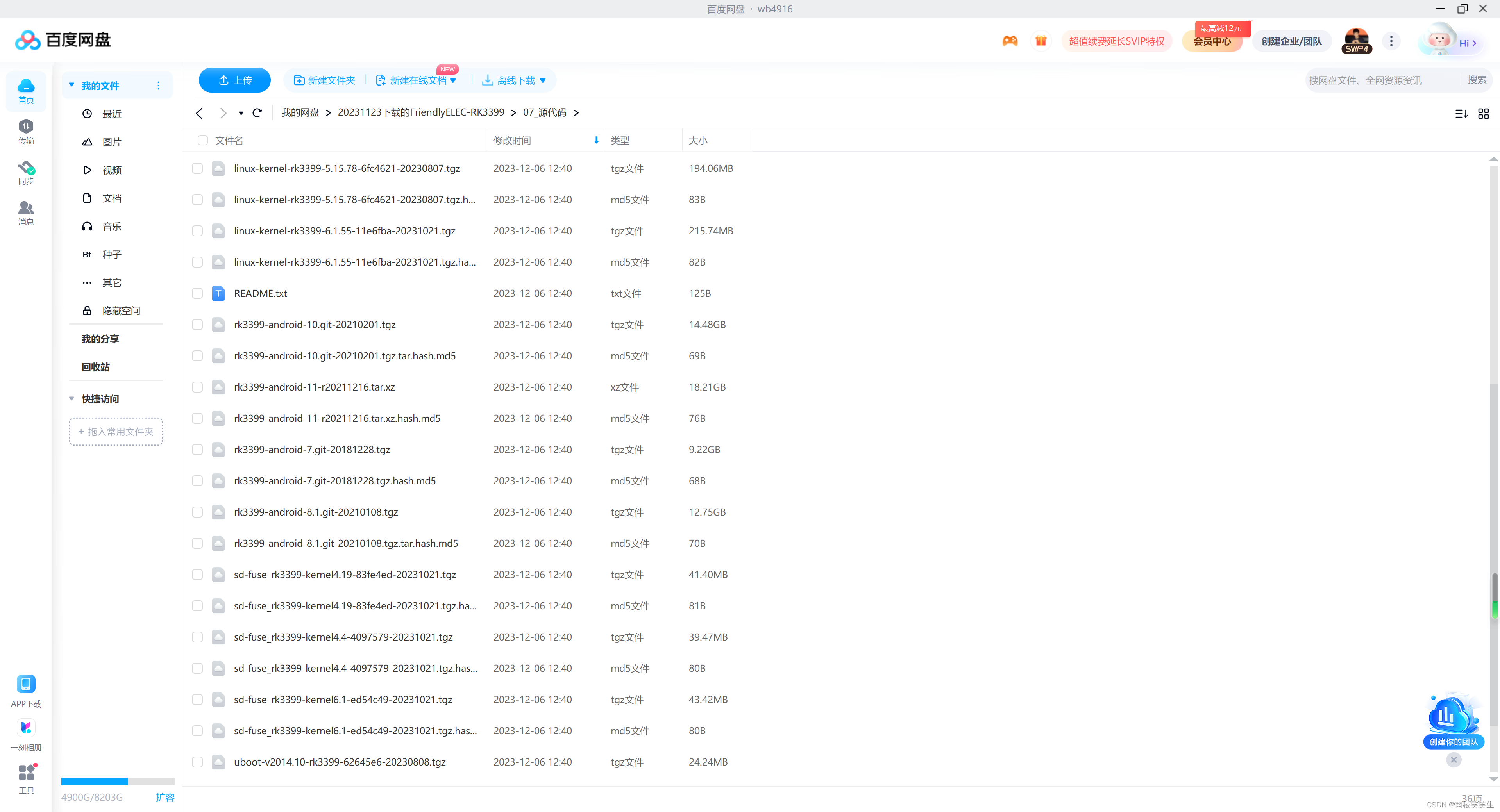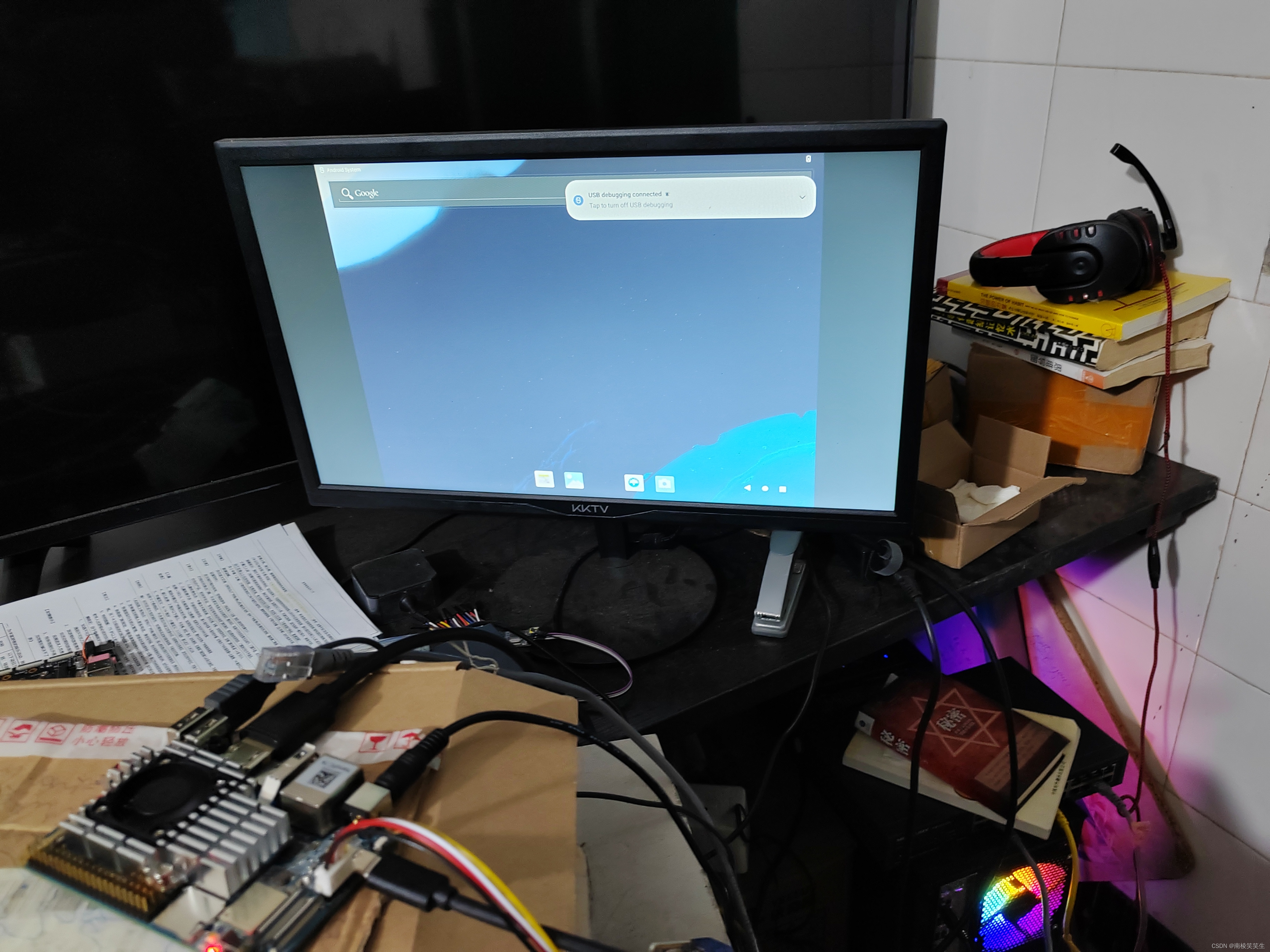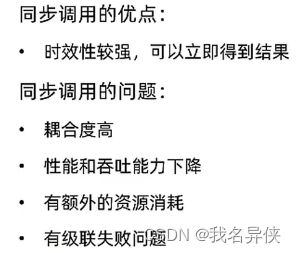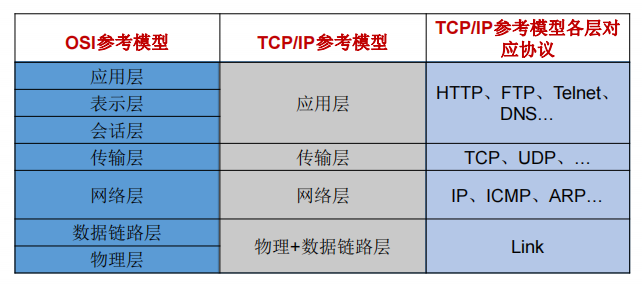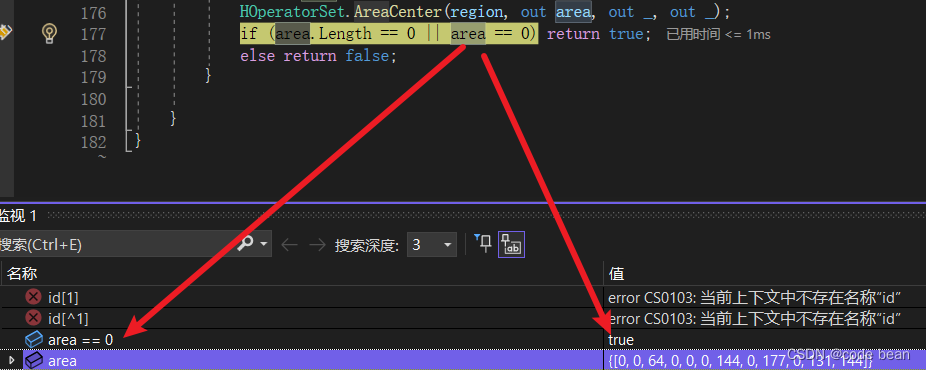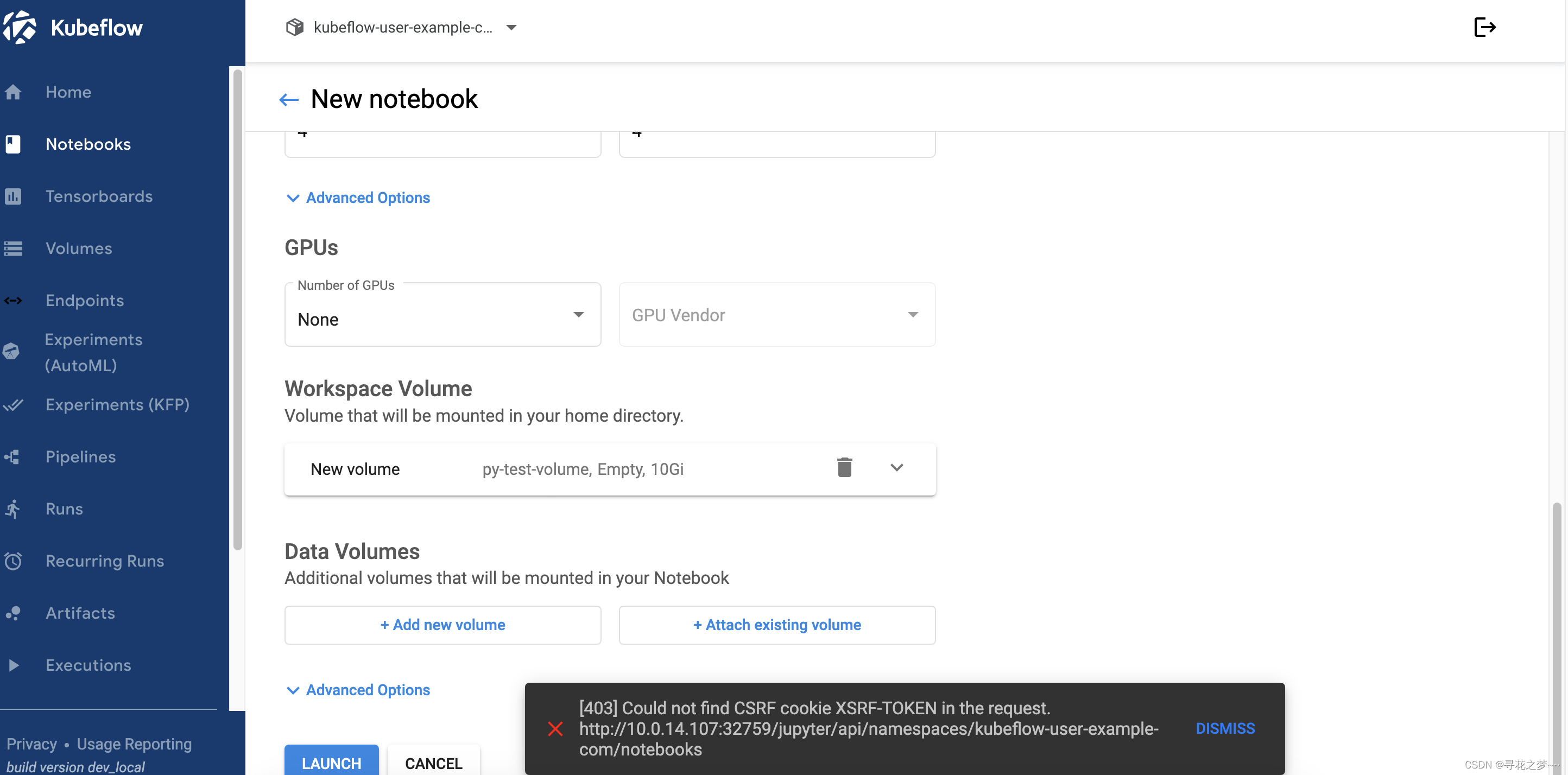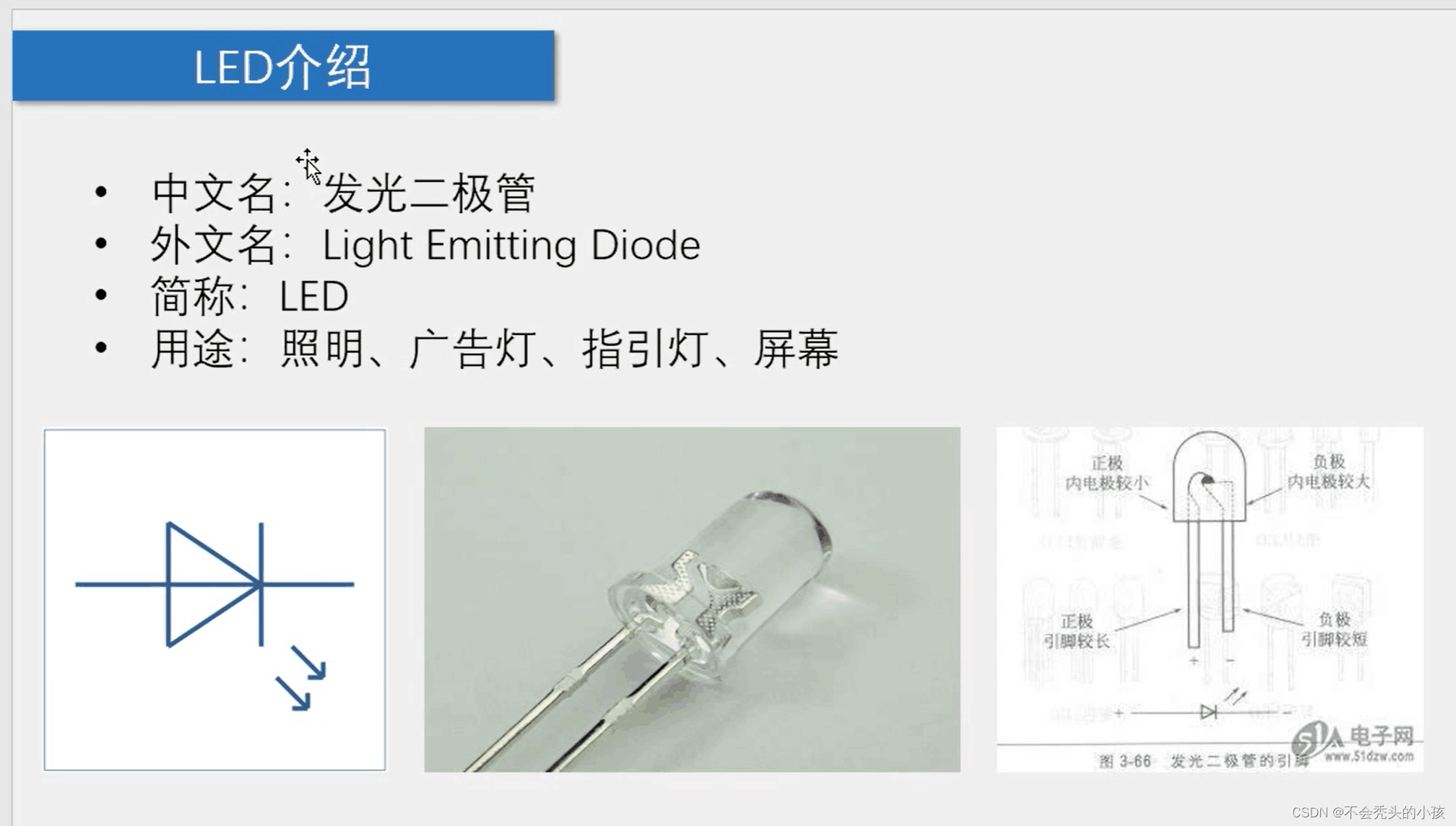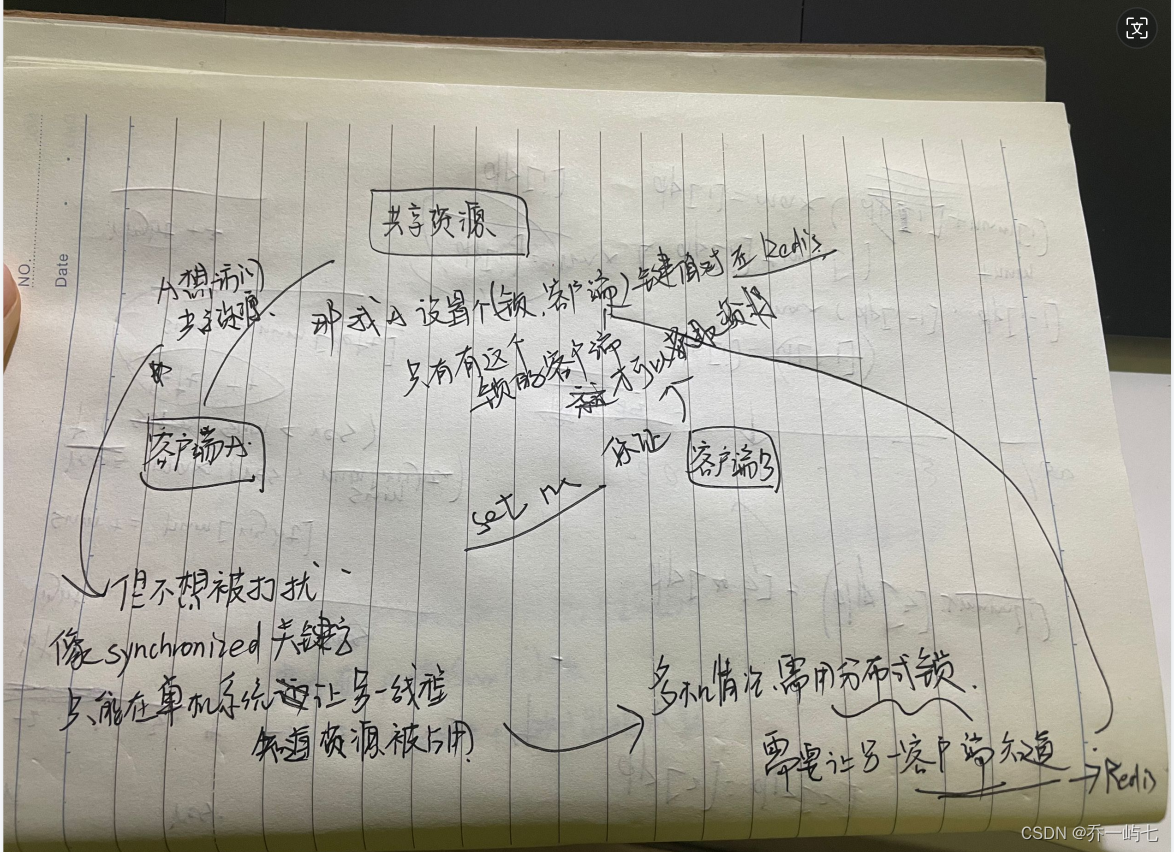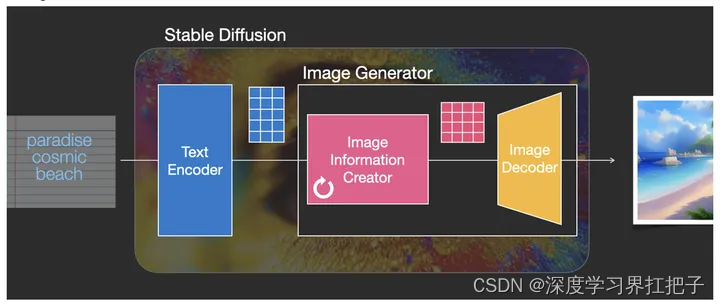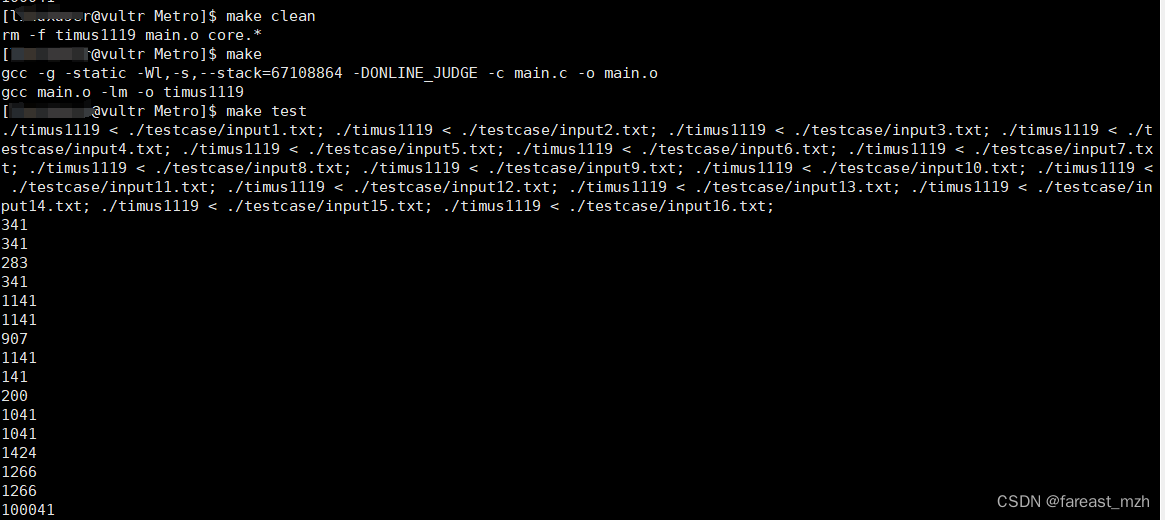识别长方形:
import cv2
import cv2 as cv
import time
import platform
import os
# 获取操作系统类型
os_type = platform.system()
if os_type == "Windows":
# Windows系统
cap = cv.VideoCapture(0) # 使用第零个摄像头
elif os_type == "Linux":
# Linux系统
cap = cv.VideoCapture(10) # 使用第十个摄像头
if not cap.isOpened():
print("Cannot capture from camera. Exiting.")
os._exit(1) # 退出程序
last_time = time.time()
while (True):
ret, frame = cap.read()
imgContour = frame.copy()
imgCanny = cv2.Canny(frame, 60, 60) # Canny算子边缘检测
contours, hierarchy = cv2.findContours(imgCanny, cv2.RETR_EXTERNAL, cv2.CHAIN_APPROX_NONE) # 寻找轮廓点
for obj in contours:
area = cv2.contourArea(obj) # 计算轮廓内区域的面积
# cv2.drawContours(imgContour, obj, -1, (255, 0, 0), 4) # 绘制轮廓线
perimeter = cv2.arcLength(obj, True) # 计算轮廓周长
approx = cv2.approxPolyDP(obj, 0.02 * perimeter, True) # 获取轮廓角点坐标
CornerNum = len(approx) # 轮廓角点的数量
x, y, w, h = cv2.boundingRect(approx) # 获取坐标值和宽度、高度
if CornerNum == 4:
if 90 < w != h > 50:
objType = "ChangFangXing"
cv2.rectangle(imgContour, (x, y), (x + w, y + h), (0, 0, 255), 2) # 绘制边界框
cv2.putText(imgContour, objType, (x + (w // 2), y + (h // 2)), cv2.FONT_HERSHEY_COMPLEX, 0.6, (0, 0, 0),
1) # 绘制文字
cv2.imshow("shape Detection", imgContour)
if cv.waitKey(1) & 0xFF == ord('q'):
break
cap.release()
cv.destroyAllWindows()
识别人脸1:
import cv2
import cv2 as cv
import time
import platform
import os
# 获取操作系统类型
os_type = platform.system()
if os_type == "Windows":
# Windows系统
cap = cv.VideoCapture(0) # 使用第零个摄像头
elif os_type == "Linux":
# Linux系统
cap = cv.VideoCapture(10) # 使用第十个摄像头
if not cap.isOpened():
print("Cannot capture from camera. Exiting.")
os._exit(1) # 退出程序
last_time = time.time()
img = cv.imread("D:\WorkSpace\Python\qsc.png")
def template_matching(img_match, img, arithmetic_model):
'''
【作用】
进行图片模板匹配
【参数1】
模板图片
【参数2】
进行匹配的图片
【参数3】
算法模型
【返回】
无
'''
# 进行模板匹配
result = cv.matchTemplate(img, img_match, arithmetic_model)
# 获取最小最大匹配值,还有对应的坐标
min_value, max_value, min_coordinate, max_coordinate = cv.minMaxLoc(result)
# 默认最佳最大值,当算法为CV_TM_SQDIFF或CV_TM_SQDIFF_NORMED时改为最小值
best_coordinate = max_coordinate
if arithmetic_model == cv.TM_SQDIFF or arithmetic_model == cv.TM_SQDIFF_NORMED:
best_coordinate = min_coordinate
# 获取匹配图片的高和宽
m_height, m_width = img_match.shape[:2]
# 矩形的起始点和结束点
r_start = best_coordinate
r_end = (best_coordinate[0] + m_width, best_coordinate[1] + m_height);
# 矩形的颜色和线的宽度
r_color = (0, 100, 40)
r_line_width = 2
# 绘制矩形并展示
cv.rectangle(img, r_start, r_end, r_color, r_line_width)
cv.imshow("Qu ShiChao", img)
while (True):
ret, frame = cap.read()
template_matching(img, frame, cv.TM_SQDIFF)
if cv.waitKey(1) & 0xFF == ord('q'):
break
cap.release()
cv.destroyAllWindows()
通模型识别人脸
import cv2
import cv2 as cv
import time
import platform
import os
# 获取操作系统类型
os_type = platform.system()
if os_type == "Windows":
# Windows系统
cap = cv.VideoCapture(0) # 使用第零个摄像头
elif os_type == "Linux":
# Linux系统
cap = cv.VideoCapture(10) # 使用第十个摄像头
if not cap.isOpened():
print("Cannot capture from camera. Exiting.")
os._exit(1) # 退出程序
last_time = time.time()
while (True):
ret, frame = cap.read()
# 这里是你的xml存放路径
face_cascade = cv2.CascadeClassifier("D:\WorkSpace\Python\lbpcascade_frontalface.xml")
# 开始人脸检测
faces = face_cascade.detectMultiScale(frame, scaleFactor=1.03, minNeighbors=6)
# 先复制一张图片
frame1 = frame.copy()
# 在检测到的人脸中操作
for x, y, w, h in faces:
# 画出人脸框
frame1 = cv2.rectangle(frame1, (x, y), (x + w, y + h), (0, 255, 0), 2)
# 找出人脸区域
face_area = frame1[y:y + h, x:x + w]
# 在人脸区域检测人眼
cv2.imshow('face', frame1)
if cv.waitKey(1) & 0xFF == ord('q'):
break
cap.release()
cv.destroyAllWindows()


